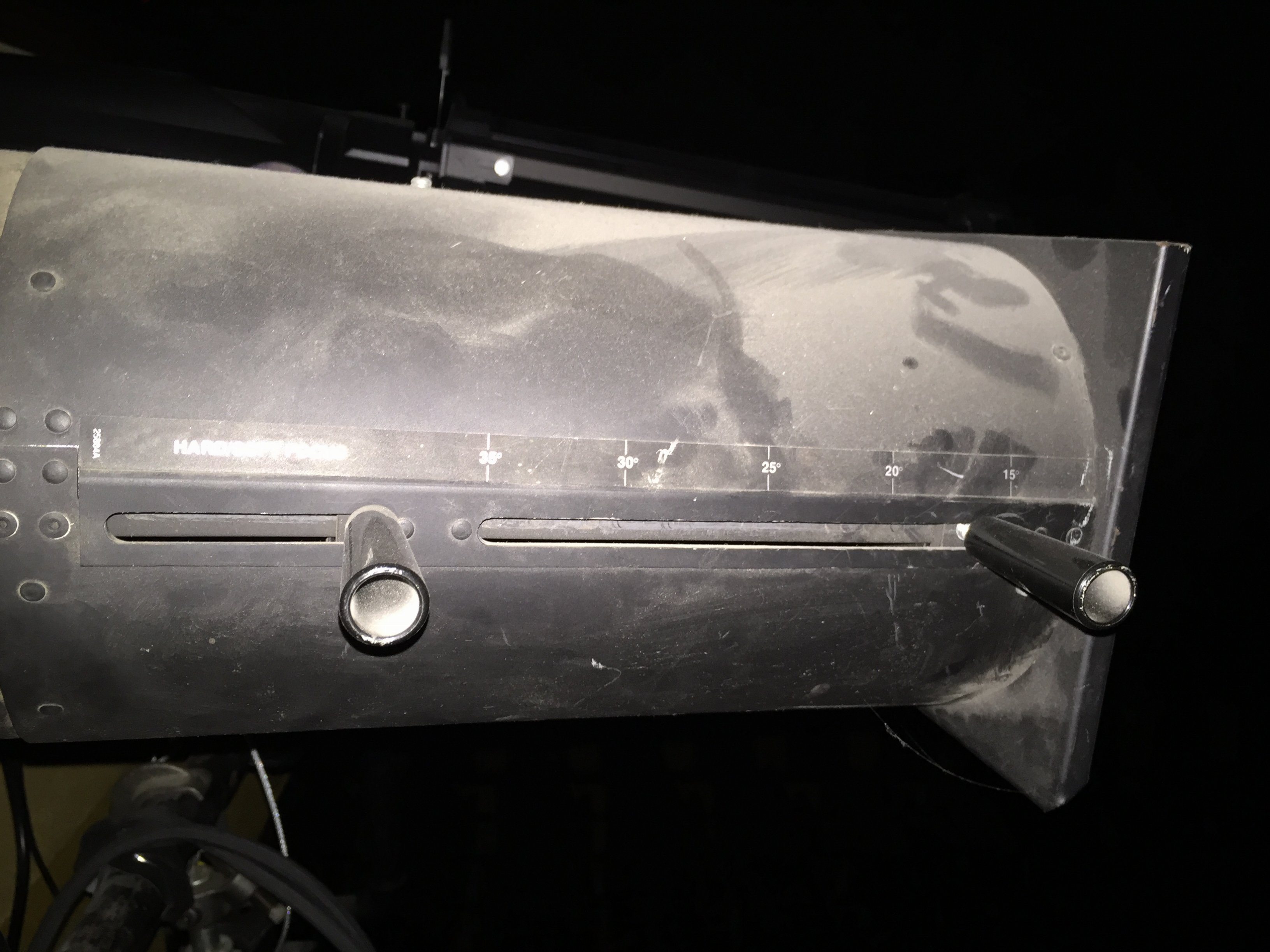Doug Lowthian
Active Member
So S4 LED are @$2500. Colorsource @$1300.
What if I purchased a used S4 incandescent (@$300) and a new Source 4WRD retro fit at @$600.
So now I have an LED Source 4 with a brand new light engine for $900.
Crazy idea?
What if I purchased a used S4 incandescent (@$300) and a new Source 4WRD retro fit at @$600.
So now I have an LED Source 4 with a brand new light engine for $900.
Crazy idea?



